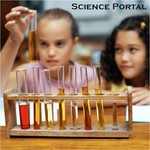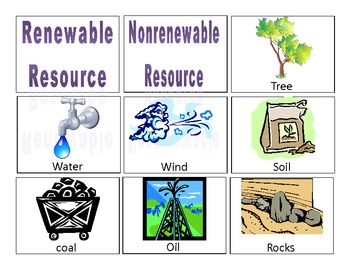
Unit 1 Assignments

Plate Tectonics
MS-ESS2-2, MS-ESS2-3

Earth's Resources
MS-ESS3-1
 |
Unit 1 Assignments |
 Plate Tectonics MS-ESS2-2, MS-ESS2-3 |
 Earth's Resources MS-ESS3-1 |
| Ecosystems |
| Bundle 1 How important are our natural resources? |
|
MS-LS2-1
Evidence Statement Analyze and interpret data to provide evidence for the effects of resource availability on organisms and populations of organisms in an ecosystem. Graded Packet [Clarification Statement: Emphasis is on cause and effect relationships between resources and growth of individual organisms and the numbers of organisms in ecosystems during periods of abundant and scarce resources.] MS-LS2-2 Evidence Statement Construct an explanation that predicts patterns of interactions among organisms across multiple ecosystems. Graded Packet [Clarification Statement: Emphasis is on predicting consistent patterns of interactions in different ecosystems in terms of the relationships among and between organisms and abiotic components of ecosystems. Examples of types of interactions could include competitive, predatory, and mutually beneficial.] |
| The
distribution of resources also connects to the idea that organisms,
and populations of organisms, are dependent on their environmental
interactions both with other living things and with nonliving
factors. In any ecosystem, organisms and populations with similar
requirements for food, water, oxygen, or other resources may compete
with each other for limited resources, access to which consequently
constrains their growth and reproduction. Growth of organisms and
population increases are limited by access to resources (LS2.A as in
MS-LS2-1). The idea that population increases are limited by access to resources also connects to the concept that predatory interactions may reduce the number of organisms or eliminate whole populations of organisms. Mutually beneficial interactions, in contrast, may become so interdependent that each organism requires the other for survival. Although the species involved in these competitive, predatory, and mutually beneficial interactions vary across ecosystems, the patterns of interactions of organisms with their environments, both living and nonliving, are shared (LS2.A as in MS-LS2-2). |
|
Take every day before sleeping! Vocabulary Review Activities Quia Espanol Vocabulario, Hangman Espanol, Columnos BrainPop Animations and Practice Quizes * 
|
Vocabulary - Glossary Environmental Science: Chapter 1 Section 1: Pages 16-22: Living Things And The Environment Environmental Science: Chapter 1 Section 3: Pages 31-38: Interactions Among Living Things Environmental Science: Chapter All Section All: Pages 0-28: Reading Essentials Booklets
Science Skills Handbook Appendix: Pages 202-214: Process Skills Packet |
| Labs & Videos |
|
Gizmos Forest Ecosystem |
Gizmos Prairie Ecosystem |
Gizmos Pond Ecosystem |
Gizmos Food Chain |
|
Gizmos Rabbit Population by Season |
GizmosCoral Reefs- Abiotic Factors 1 |
GizmosCoral Reefs- Abiotic Factors 2 |
Gizmos Effects Of Environment |
|
Rabbits and
Foxes Game http://cashmancuneo.net/flash/fc44/foodchain.swf Worksheet & Espanol |
Gizmos Plant Growth Experiment mass or height of plants Change Over Time - Generic Graph |
https://www.youtube.com/watch?v=ysa5OBhXz-Q How Wolves Change Rovers |
Nye Schooltube |
Bill Nye Schooltube
|
Alaskan Otters & Oil Spill Article Graphing 2 Populations & Example Cause Effect Data Over Time |
Performance Assessment
|
Plants Enrichment |
| Engage Discrepant Event |
Explore Research |
Explain Write-Up |
Elaborate New situations/applications |
Evaluate project to share |
| Reading & Math Work |
|
|
| Projects by Learning Style and Media Type |
 Sensing-Thinking
(Mastery) Sensing-Thinking
(Mastery)Facts
|
 Sensing-Feeling
(Interpersonal) Sensing-Feeling
(Interpersonal)A time when you...
|
 Intuitive-Thinking
(Understanding) Intuitive-Thinking
(Understanding)Playing with facts
|
 Intuitive-Feeling
(Self-Expressive) Intuitive-Feeling
(Self-Expressive)Creating new possibiliteis
|
|
|
|
 Live
Presentation Project Live
Presentation Project
|
| Essential Vocabulary & Concepts |
| Picture | Core Knowledge or
Concept |

|
Characteristics of Living Organisms
(Life Processes):
|
|
Investigation |
|
| Scientist |
|
| |
Technology |